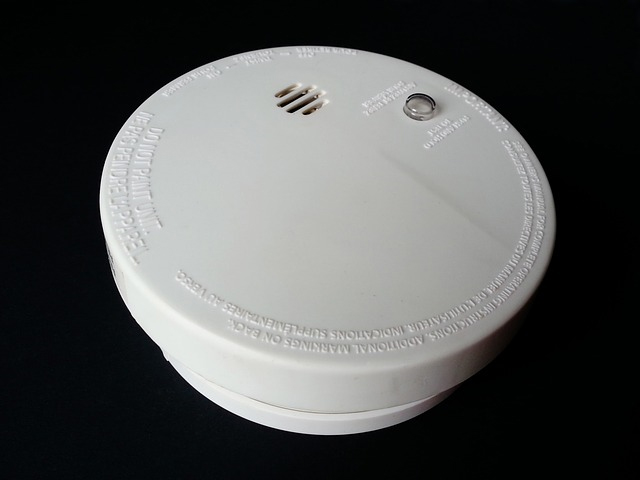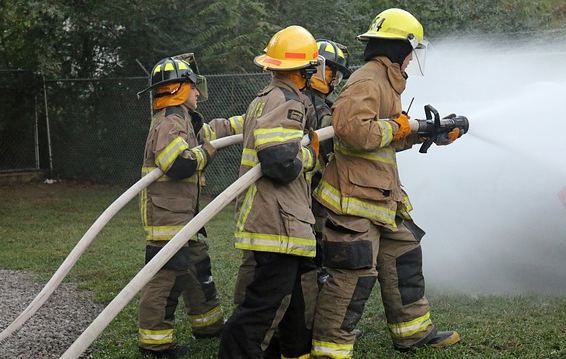FIRE PREVENTION WEEK
OCTOBER 6-12, 2025
FIRE PREVENTION IN THE HOME
Fire prevention week is the perfect time to plan and practice escape from a home fire. More than a third of heads of households estimated they would have at least six minutes to escape a fire.
This estimation is not so according to the National Fire Protection Association (NFPA). The time is often much less and survival may depend on your decision to get out of the home immediately.
TIPS FOR MAKING A
FIRE ESCAPE PLAN
NFPA (National Fire Protection Association) suggests the following when making an escape plan for your family:
- Have two ways out of every room in your house.
- Establish a place outside for members of the family to meet outside.
- Make sure windows open easily for a possible escape route.
- Practice and establish that children can unlock doors and can open doors and windows with ease.
- Teach children how to escape if you can't help.
- Teach children not to delay.
- Test smoke alarms regularly and change the batteries at least once a year.
In the event of small fires, make sure there is a working fire extinguisher available and make sure everyone knows how to use it. To learn more about fire extinguishers and how to use them, please click here.
EDITH or Exit Drills In The Home
FIRE SAFETY AWARENESS
and FIRE DRILLS in
OFFICE BUILDINGS and PLANTS
Because we are safety oriented, we have built our infrastructure and environments so that fire isn't an everyday threat. That may be why fire drills can often seem to be an annoying interruption to a day's activities. But ignoring the occasional, albeit annoying, fire drill can lead to catastrophic consequences.
Regardless of where a fire starts, the key is knowing how to escape a building. In office buildings and plants, it is essential to have open exits and essential that people know where they are. There are many tragic stories of locked doors, obstructed exits, and no fire plan.
One example involved a food products company when oil from a hydraulic line leaked out a few feet from a natural gas-fired cooker. The blaze blew up instantly, trapping workers who could not get out of locked or obstructed doors. Out of 90 employees, 25 died and an additional 54 were injured. No fire suppression system was in place and exits were far from workstations.
Although the above example was an exceptionally tragic case, blocked exits and locked doors are possible to find in any location. Usually, these situations are easy to remedy and all it takes is a fire-safety attitude which definitely includes regular fire drills.
WHERE and WHEN
IS THE THREAT OF FIRE
THE GREATEST?
Most residential fires begin in the kitchen and usually occur between 5 and 8 pm when cooking is most common.
In non-residential buildings, the threat of fire is highest during working hours, occurring most frequently from 3pm to 6 pm. In workplace cases where the blaze is not contained, the most common areas for fires to occur are in vehicle storage areas or other storage areas. Electrical malfunctions and cooking areas follow closely as areas of ignition.
An estimated 86,500 nonresidential building fires are reported to United States fire departments each year. These fires cause an estimated 85 deaths, 1,325 injuries, and $2.6 billion in property losses per year.
FIRE PREVENTION WEEK REMINDER
Fire Prevention Week is a good time to remind family members and friends of the importance of prevention when it comes to surviving a fire.
Wherever you are, be aware of the location of exits. Practice fire drills in the home and realize the importance of fire drills whenever and wherever they occur.
"The Cleanest Clean You've Ever Seen."
by
ABC Oriental Rug & Carpet Cleaning Co.
130 Cecil Malone Drive Ithaca, NY 14850
607-272-1566










